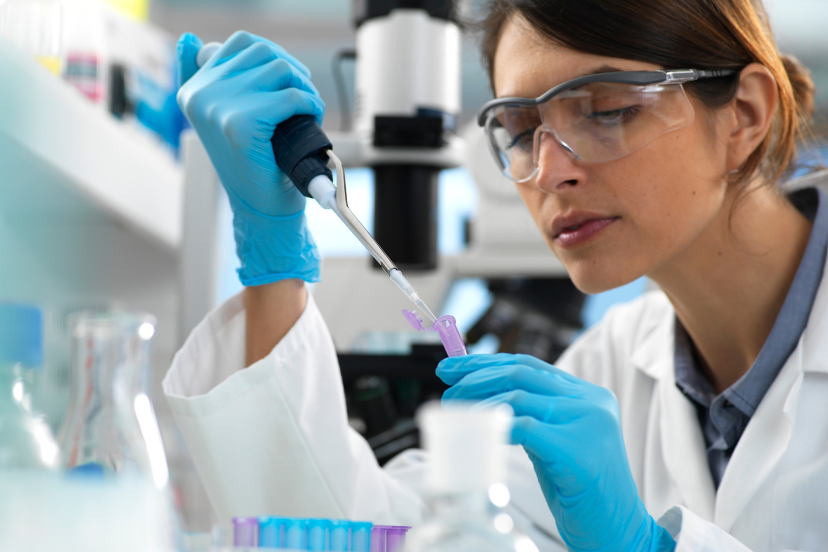Osteoporosis Lab Tests: Your Bone Health Assessment
Introduction
Curious about your bone health? Wondering what osteoporosis lab tests entail? Strap in as we embark on a journey through the realm of osteoporosis diagnostics. From deciphering bone density scans to interpreting blood tests, we’ll uncover the ins and outs of these crucial examinations. Whether you’re a seasoned researcher or a newcomer to the topic, this guide will leave you equipped with the knowledge to navigate the landscape of the tests with confidence.
What You Need to Know
The tests play a pivotal role in assessing bone health and diagnosing osteoporosis. Let’s delve into the specifics of these tests and what they entail.
Bone Density Scan: Peering into Bone Strength
A bone density scan, also known as a DEXA scan, is a non-invasive imaging technique used to measure bone mineral density (BMD). This test provides valuable insights into bone strength and helps identify individuals at risk of osteoporosis.
Blood Tests: Unveiling Biomarkers of Bone Health
Blood tests are instrumental in evaluating various biomarkers associated with bone metabolism. These tests can detect abnormalities in calcium, vitamin D, and hormone levels, offering valuable clues about bone health.
X-Rays: Capturing Bone Fractures
X-rays are commonly used to diagnose fractures resulting from weakened bones. While not specifically designed to diagnose osteoporosis, X-rays can detect fractures indicative of underlying bone fragility.
Urine Tests: Assessing Bone Turnover
Urine tests measure levels of bone turnover markers, providing insights into the rate of bone formation and breakdown. Elevated levels of these markers may indicate increased bone turnover associated with osteoporosis.
Genetic Testing: Unraveling Genetic Predispositions
Genetic testing can identify specific gene variants associated with an increased risk of osteoporosis. While not routinely used for diagnosis, genetic testing can provide valuable information for individuals with a family history of the condition.
FAQs About Osteoporosis Lab Tests
1. What is the purpose of osteoporosis lab tests?
The tests are performed to assess bone health, diagnose osteoporosis, and identify individuals at risk of fractures.
2. Are osteoporosis lab tests painful?
Most tests are non-invasive and painless, including bone density scans and blood tests.
3. How often should osteoporosis lab tests be performed?
The frequency of the tests depends on individual risk factors and healthcare provider recommendations. Generally, these tests may be repeated every 1-2 years to monitor bone health.
4. Can osteoporosis lab tests predict fractures?
While osteoporosis lab tests can assess bone density and identify individuals at risk of fractures, they cannot predict fractures with certainty. However, they play a crucial role in assessing overall bone health and guiding preventive measures.
5. Do I need to prepare for osteoporosis lab tests?
Preparation for this tests may vary depending on the specific test being performed. Your healthcare provider will provide instructions regarding any necessary preparations, such as fasting before a blood test.
6. Are osteoporosis lab tests covered by insurance?
Many tests are covered by insurance, especially when deemed medically necessary for diagnosis or monitoring of bone health. However, coverage may vary depending on individual insurance plans.
Conclusions
Armed with a deeper understanding of osteoporosis lab tests, you’re better equipped to take charge of your bone health journey. Whether you’re scheduling your first bone density scan or discussing test results with your healthcare provider, knowledge is your greatest ally in the fight against osteoporosis. Stay informed, stay proactive, and remember: knowledge is the key to unlocking a future of strong, healthy bones. Unlock the mysteries of the said tests and take charge of your bone health today! Dive into this comprehensive guide to learn everything you need to know about assessing and maintaining strong, healthy bones.




